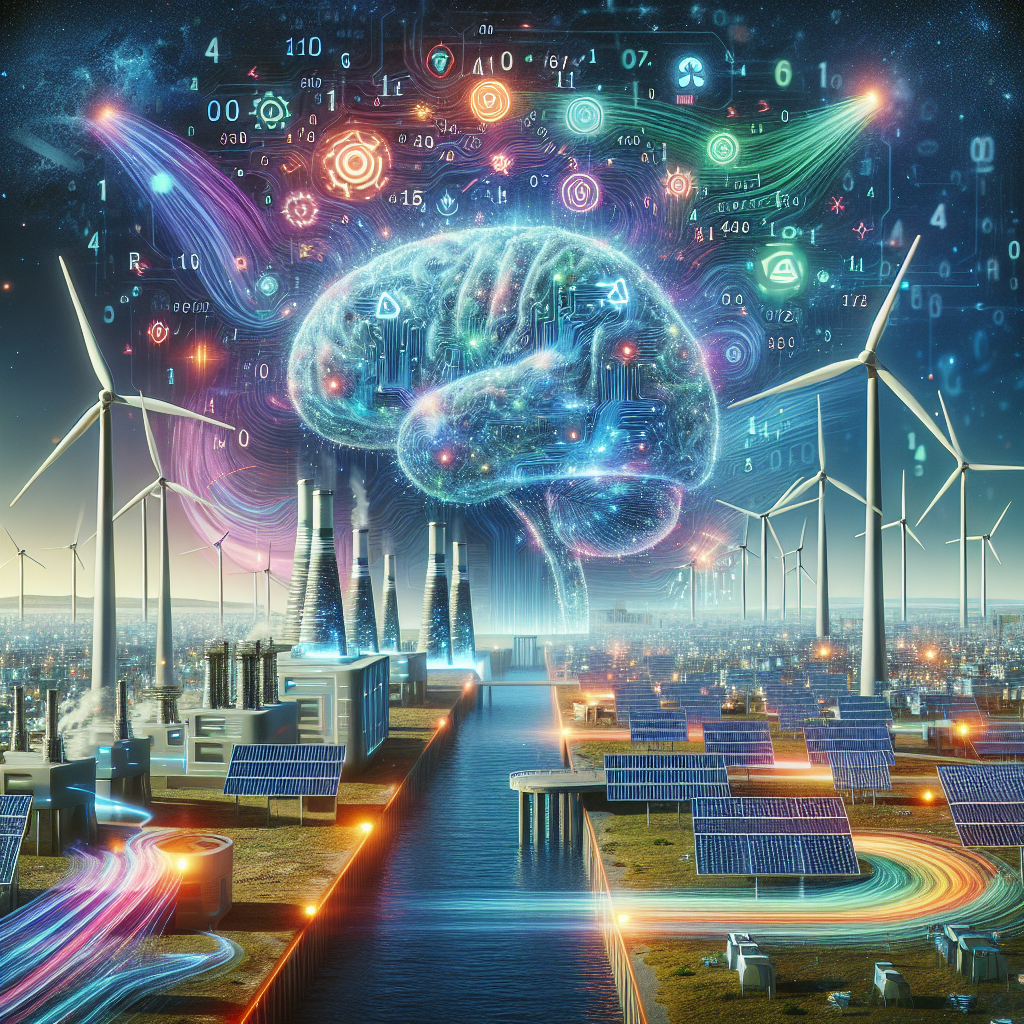In recent years, there has been a growing interest in renewable energy sources as a way to reduce our reliance on fossil fuels and combat climate change. One of the key challenges in developing renewable energy projects is identifying the most suitable locations for wind farms, solar panels, and other infrastructure. This is where artificial intelligence (AI) can play a crucial role in resource mapping for renewable energy development.
AI technologies, such as machine learning algorithms and data analytics, can analyze vast amounts of data to identify the most promising areas for renewable energy projects. By leveraging AI for resource mapping, developers can optimize the placement of renewable energy infrastructure to maximize energy production, minimize costs, and reduce environmental impacts.
One of the key benefits of using AI for resource mapping in renewable energy development is the ability to process large amounts of data quickly and accurately. Traditional methods of resource mapping, such as field surveys and manual analysis, can be time-consuming and costly. AI technologies can automate the data analysis process, allowing developers to identify potential sites for renewable energy projects more efficiently.
AI can also help developers to optimize the design of renewable energy projects based on factors such as wind speed, solar radiation, and topography. By using AI to analyze these variables, developers can design more efficient and cost-effective renewable energy infrastructure.
Furthermore, AI can help developers to predict energy production and optimize the operation of renewable energy projects. By analyzing historical data and real-time information, AI can forecast energy production levels and identify opportunities to improve the performance of renewable energy infrastructure.
Overall, leveraging AI for resource mapping in renewable energy development can help developers to make more informed decisions, reduce costs, and accelerate the transition to a clean energy future.
FAQs:
Q: How does AI help in resource mapping for renewable energy development?
A: AI technologies, such as machine learning algorithms and data analytics, can analyze large amounts of data to identify the most suitable locations for renewable energy projects. By leveraging AI for resource mapping, developers can optimize the placement of renewable energy infrastructure to maximize energy production and minimize costs.
Q: What are the benefits of using AI for resource mapping in renewable energy development?
A: Some of the key benefits of using AI for resource mapping in renewable energy development include faster and more accurate data analysis, optimized project design, and improved energy production forecasting. AI can help developers to make more informed decisions, reduce costs, and accelerate the transition to clean energy.
Q: How can AI technologies be used to optimize the operation of renewable energy projects?
A: AI technologies can analyze historical data and real-time information to predict energy production levels and identify opportunities to improve the performance of renewable energy infrastructure. By leveraging AI for operation optimization, developers can maximize the efficiency and profitability of renewable energy projects.
Q: Are there any challenges associated with using AI for resource mapping in renewable energy development?
A: While AI technologies offer significant benefits for resource mapping in renewable energy development, there are also some challenges to consider. These include the need for high-quality data, the complexity of AI algorithms, and the potential for bias in data analysis. Developers must address these challenges to ensure the successful implementation of AI in renewable energy projects.

